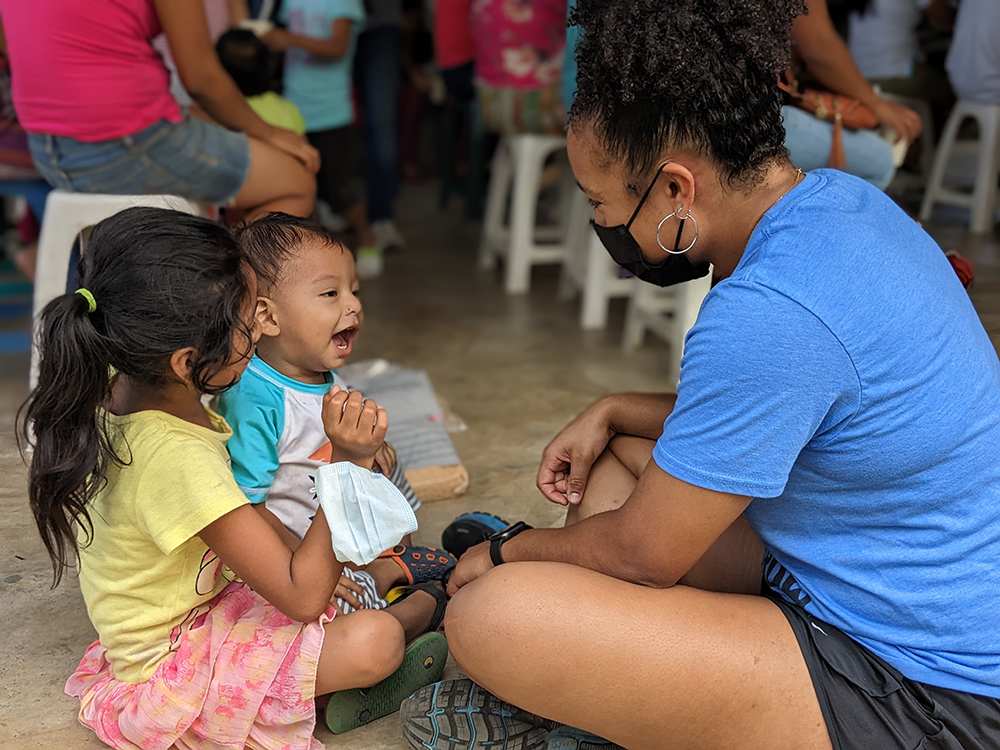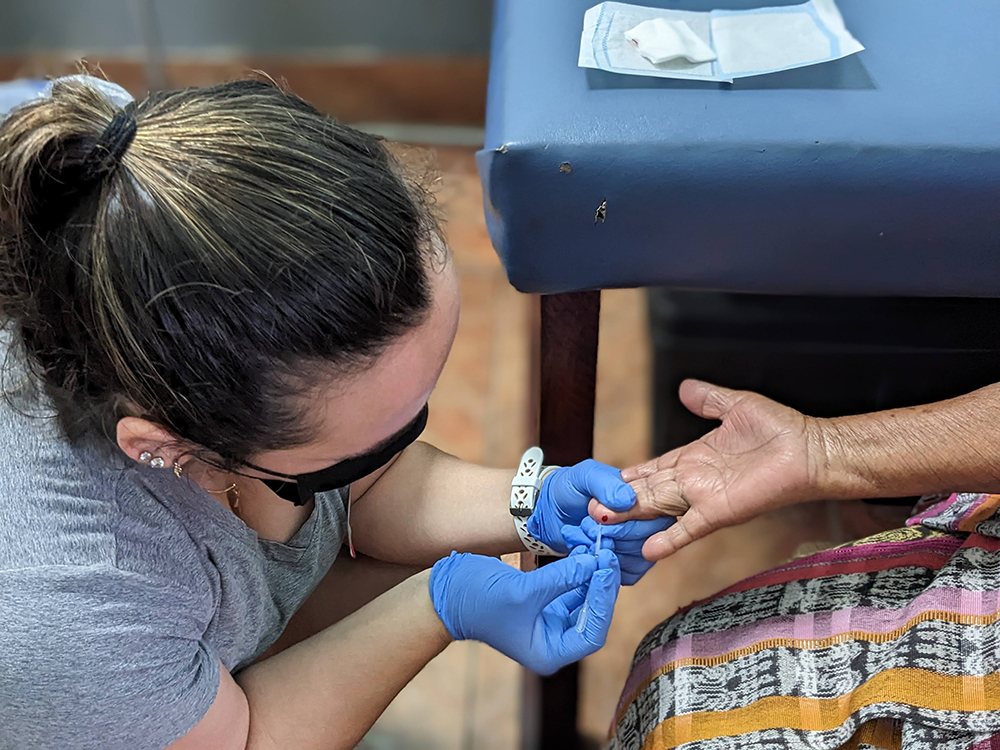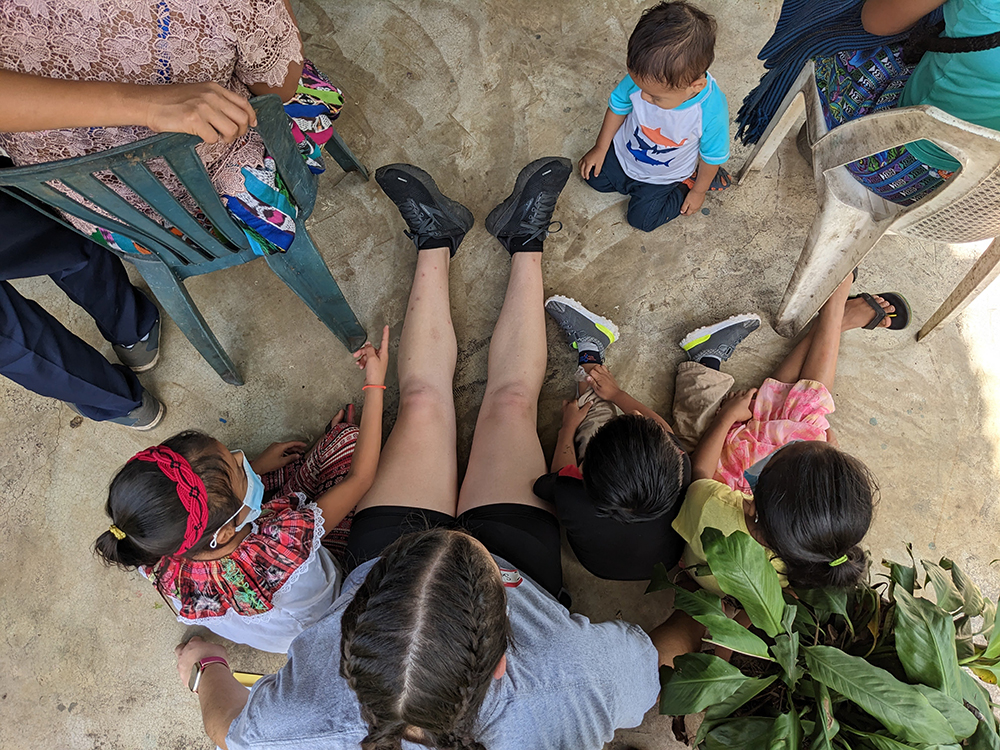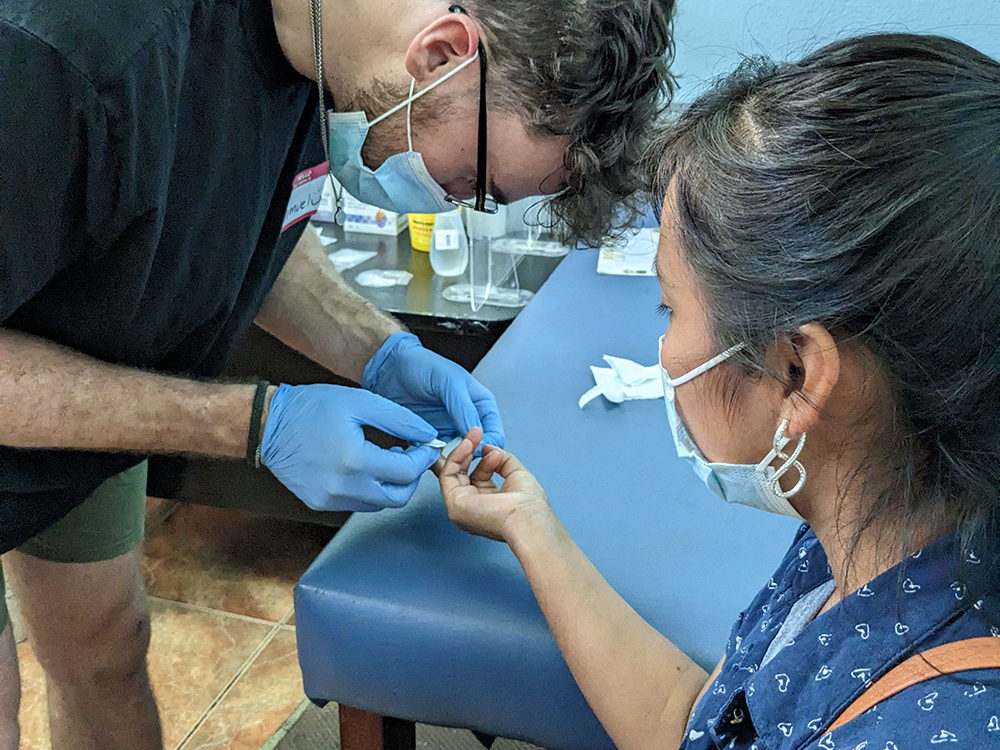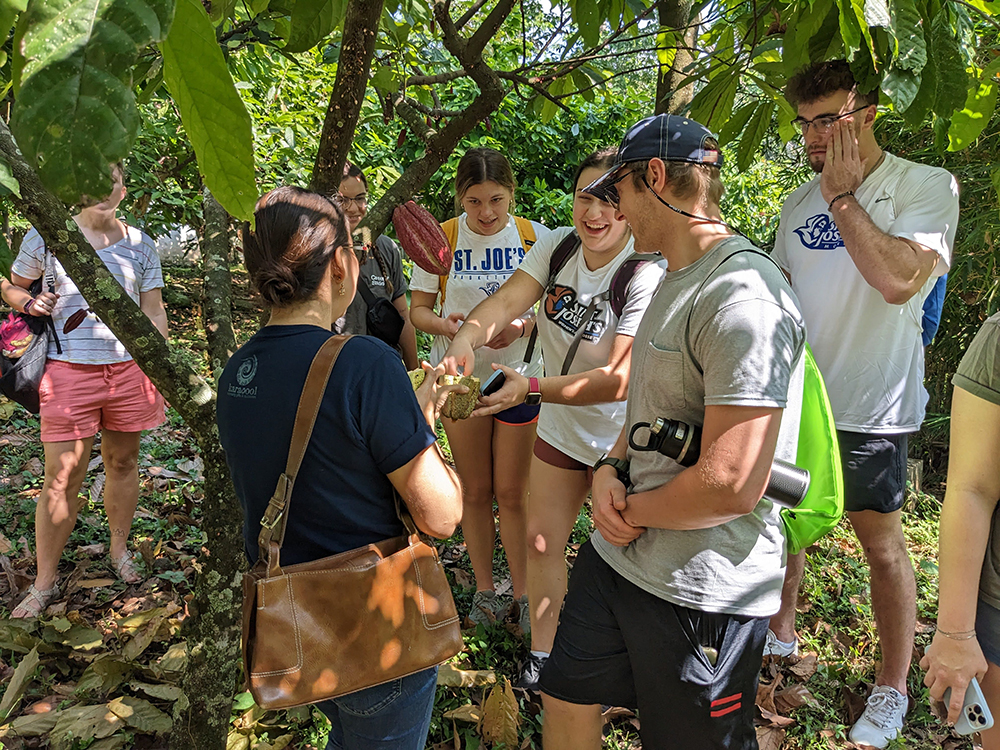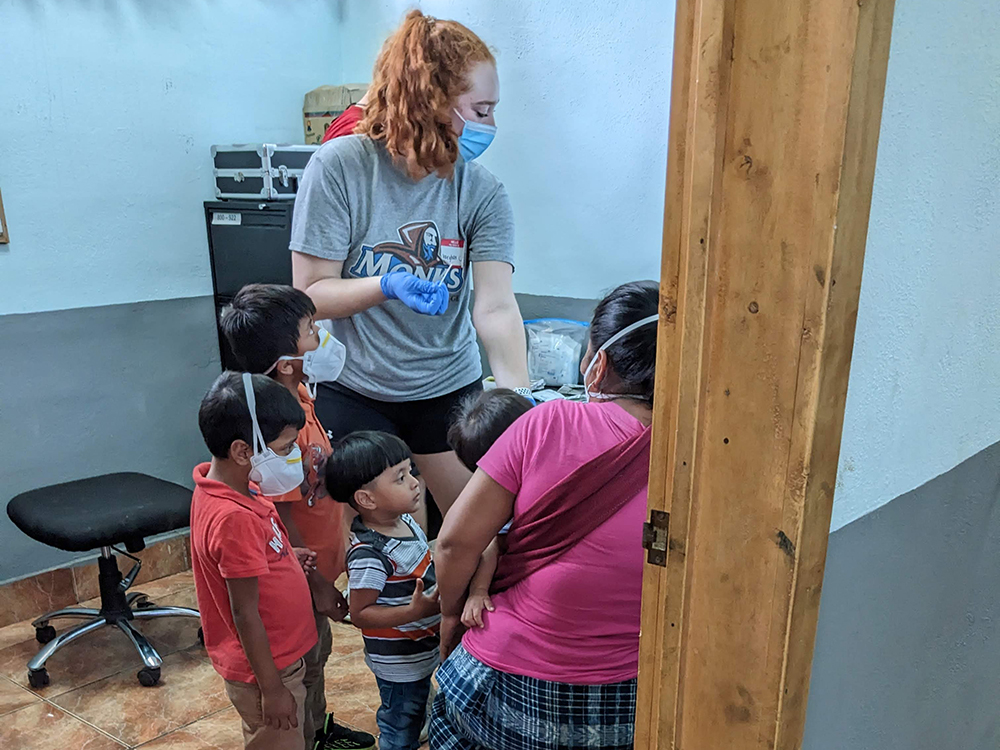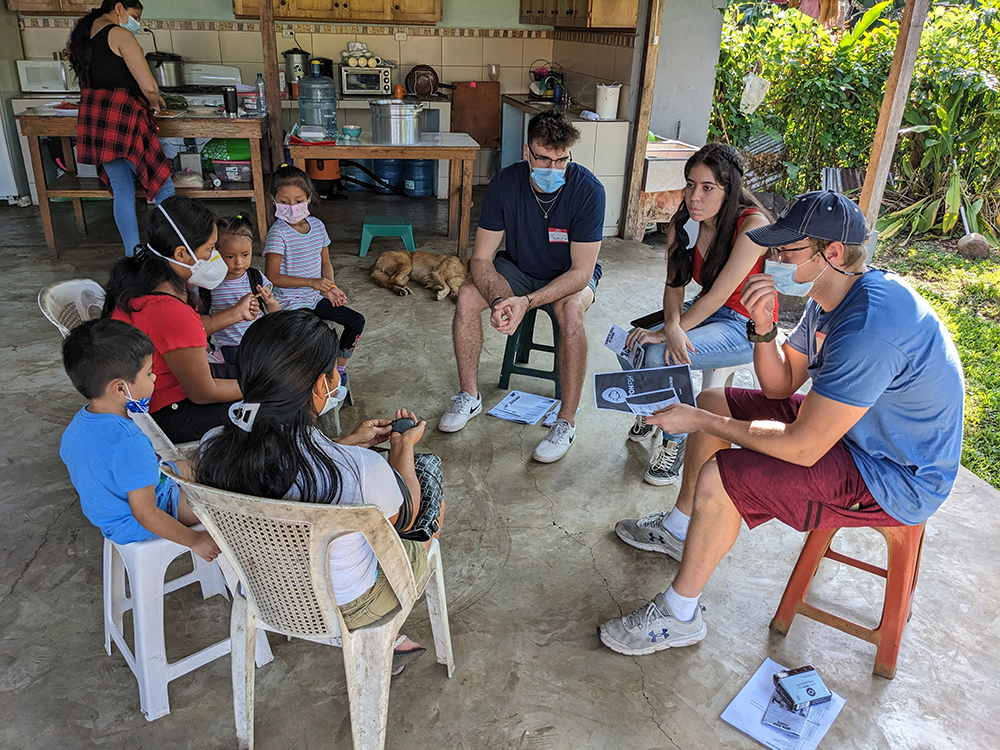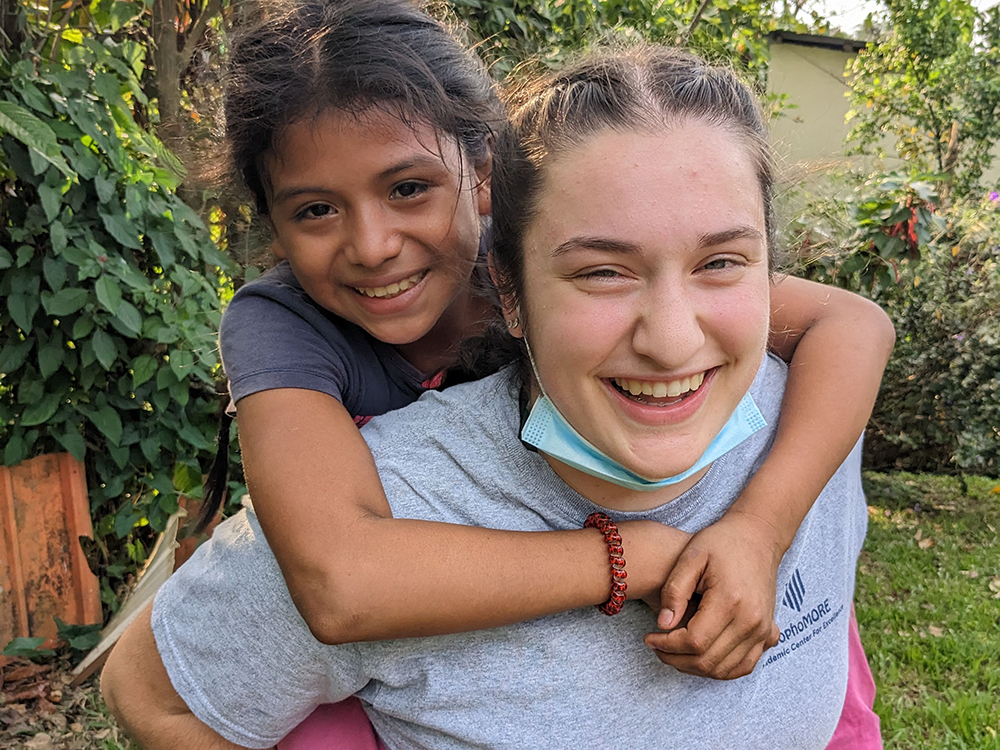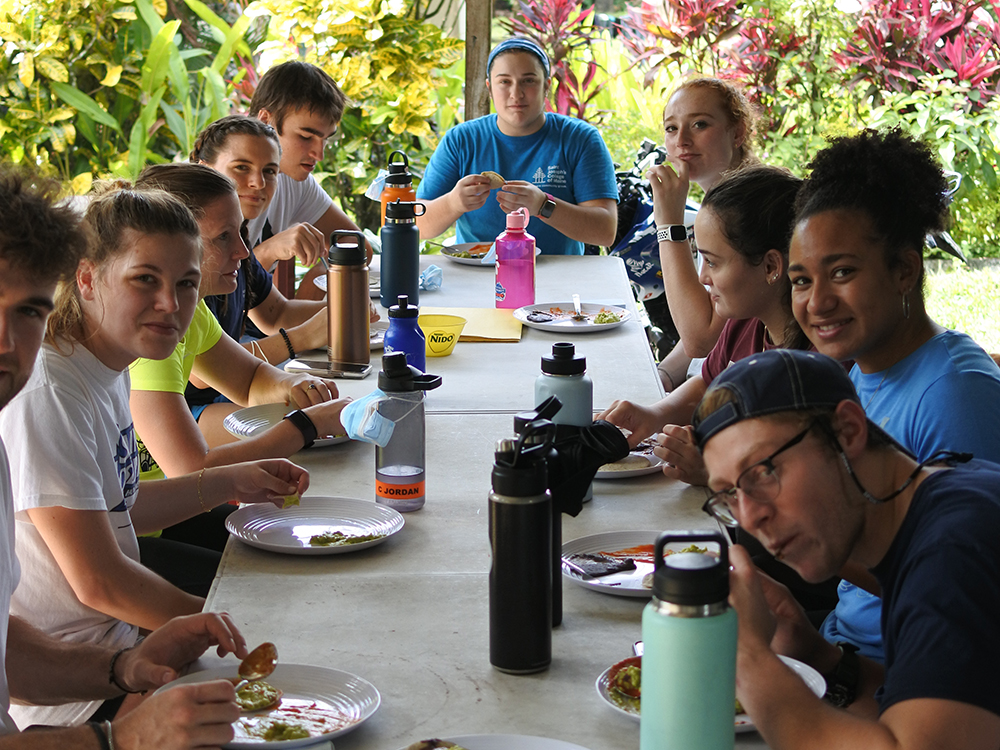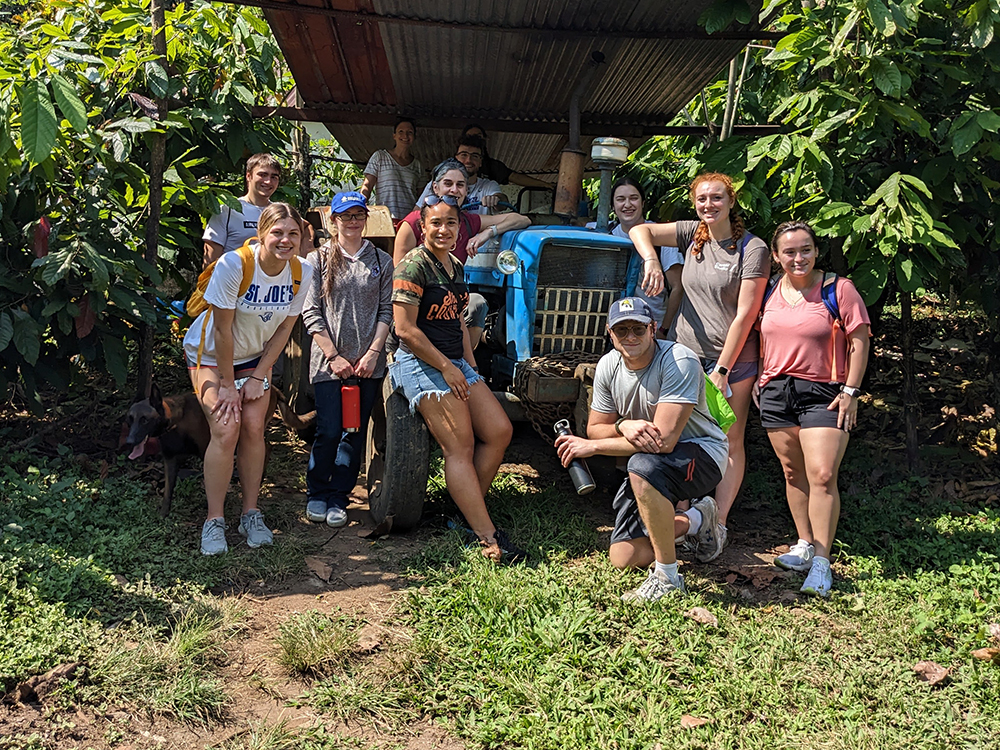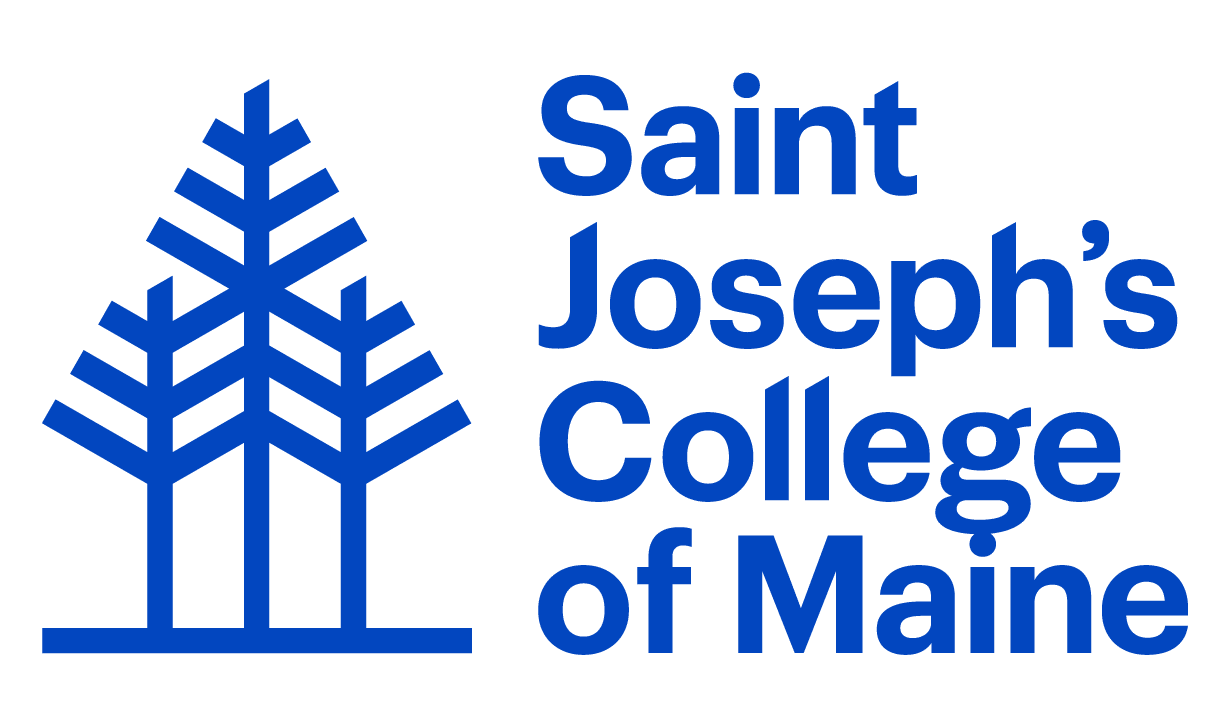Winter Break brings SJC service learning and teaching to Guatemala
Share
A week before Christmas, Saint Joseph’s College faculty, staff, and a group of students took a break from a typical winter break, heading south on the annual international service trip to Guatemala. The group journeyed to small Mayan villages, provided medical aid, helped to build cinder-block homes, and distributed hundreds of pounds of donated items. The students screened an estimated 200 villagers for anemia (mostly mothers and their children) and provided a public health workshop for those with anemia, including the students doing a cooking demonstration.
Students shared their experiences in writing, video, and photos to offer an intimate firsthand look at the power of learning and teaching in communities far from home.
Emily Dion ’23, Health and Wellness
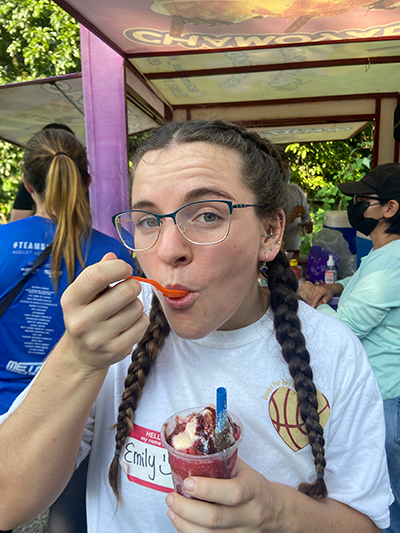
Emily Dion
Three of the days we were doing hemoglobin testing, which consisted of taking surveys and height and weight measurements, and then taking a blood sample and recording all of the results. The fourth day, and the one I was able to document the most, was our cooking demonstration and educational day, where we taught those who tested positive for anemia about the disease, and provided them with a cooking supplement that they could put in their food to put more iron into their food. After this educational session, we cooked in front of them and showed them how to use and store the supplement.
To start off the day, we took the quick 5 minute van ride to the village and were able to see both this and the clinic for the first time. Arlette, our trip guide, took us on a walk through the village. We were able to see houses that were built by previous service groups. We drew a lot of attention from stray dogs, little kids, and adorable kittens as we walked through the sidewalks and back paths of the village that were mostly covered with single-use plastic waste. It was very sad to see the conditions they were acclimated to living in. It was funny to see their Christmas decor and spirit throughout the village, and was definitely a juxtaposition to the cold weather we were all used to being around at Christmas time.
 Arlette brought us down to the main river that is the runoff of all little streams in the village. While it is breathtaking to see as it is very beautiful, it is hard to remind yourself that this is the water that some people clean their clothes, dishes, and bodies in, go to the bathroom in, and use for cooking.
Arlette brought us down to the main river that is the runoff of all little streams in the village. While it is breathtaking to see as it is very beautiful, it is hard to remind yourself that this is the water that some people clean their clothes, dishes, and bodies in, go to the bathroom in, and use for cooking.
The clinic itself was very well organized, but it definitely showed some major differences between what we see here in America at clinics and what they have in other countries. When you walk in there is a front desk and two offices, one for Maria Jose and one for the lab technician. There is also a room with all of their medicine and supplies, including a lot that are donated from service groups. There is the lab room, a medical exam room, a room that was for their dentist when they had one at the clinic, and an additional exam room that also kept the groceries for the families of children who are sponsored by the clinic. This includes eggs, enriched pasta and rice, beans, and cooking oil. In the back of the clinic is a cement deck and an outdoor kitchen where we had lunch every day and conducted our cooking demonstrations later in the week.
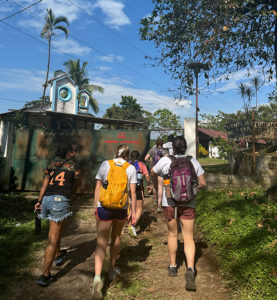 For our cultural excursion, we visited a farm where they grow cocoa and farm tilapia. This farm happened to be right across the street from the village we were working with the clinic in. Driving up to the farm, clinic leader Maria Jose informed us of the working conditions for those who harvest the cocoa. They work six months out of the year, and when they do work it is long, rigorous hours of labor. Before the workers go in to harvest, the fields are burnt in order to kill any snakes, as well as get rid of the dead plant to make it a bit easier. The downside to this is that it is often still burning when the workers enter, and so they inhale high amounts of smoke and suffer from illness due to this.
For our cultural excursion, we visited a farm where they grow cocoa and farm tilapia. This farm happened to be right across the street from the village we were working with the clinic in. Driving up to the farm, clinic leader Maria Jose informed us of the working conditions for those who harvest the cocoa. They work six months out of the year, and when they do work it is long, rigorous hours of labor. Before the workers go in to harvest, the fields are burnt in order to kill any snakes, as well as get rid of the dead plant to make it a bit easier. The downside to this is that it is often still burning when the workers enter, and so they inhale high amounts of smoke and suffer from illness due to this.
The owner of the land allows those working for him to live in a small village similar to the one we are working in, which has poor living conditions. One thing he does allow them to have is safe spring water. Upon pulling into his driveway, it almost seemed like we were in a whole different country. He had a beautiful backyard, pool, treehouse, and ranch, as well as fruit trees in his own front yard.
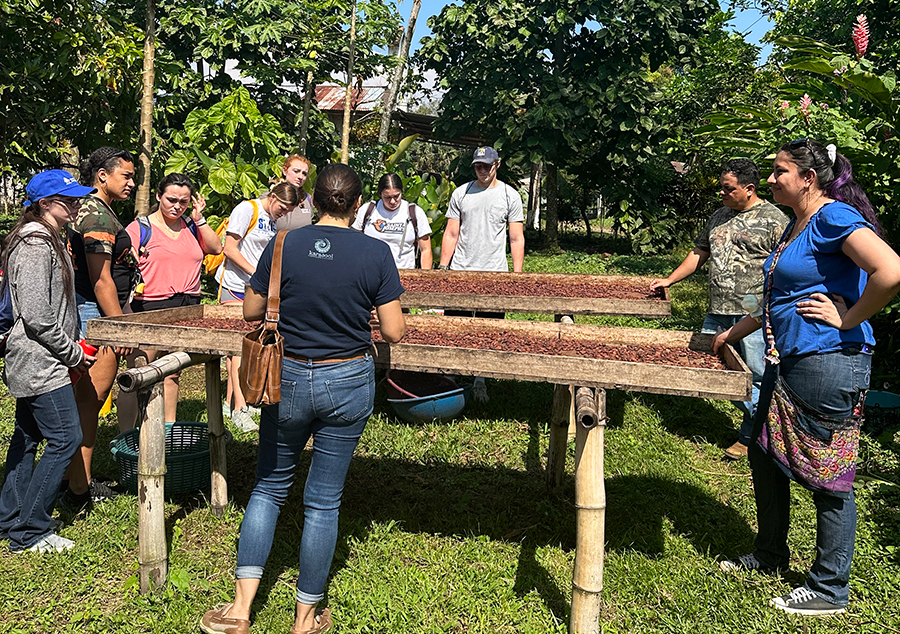 He took us on a tour of his tilapia farm, as well as a walk through of some of his cocoa fields. We were able to taste the cocoa pod, and Jess was able to try and break one too.
He took us on a tour of his tilapia farm, as well as a walk through of some of his cocoa fields. We were able to taste the cocoa pod, and Jess was able to try and break one too.
We also learned about the intricate drying and fermentation process that women do with the cocoa, which offers more job opportunities for women as a whole as they do not get as many work opportunities.
While it was amazing to see the farm, it also served as a very large eye-opener to how different conditions can be even just across the street. One village is owned by a rich farmer, and the other is aided by a clinic in order to keep them safe.
Maeghan Perkins ’24 Medical Biology
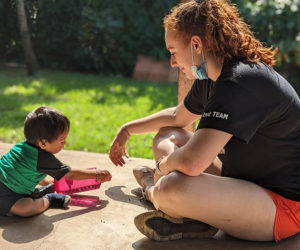
Maeghan Perkins
Today was the first day in the clinic. We had breakfast this morning and then headed five minutes down the road to the village. We walked around the village in the morning. We were able to see the first house that Partners in Development (PID) built when they first came to the village, which was incredible. We also went down to the river that runs alongside the village – which was an adventure, only a couple of us fell in trying to cross it. When we returned to the clinic, we began prepping to see patients for the afternoon.
Patients arrived at the clinic around 1. Patients checked in at the front and then were brought to the first room, in which they were asked a series of questions about their home life and their health (with the assistance of fabulous translators). After this, the anemia testing was done. This was accomplished with a finger prick and using a device that measures hemoglobin levels in the blood. If patients were below the minimum threshold for their age range, they were asked to come back on Wednesday for the informational session we are holding. Following the clinic we returned to the hotel, went in the pool, and then had dinner and played cards.
During the trip, Maeghan kept an online blog.
⇒ Read more from Maeghan’s blog.
[Photos provided by the students + faculty on the trip.]


